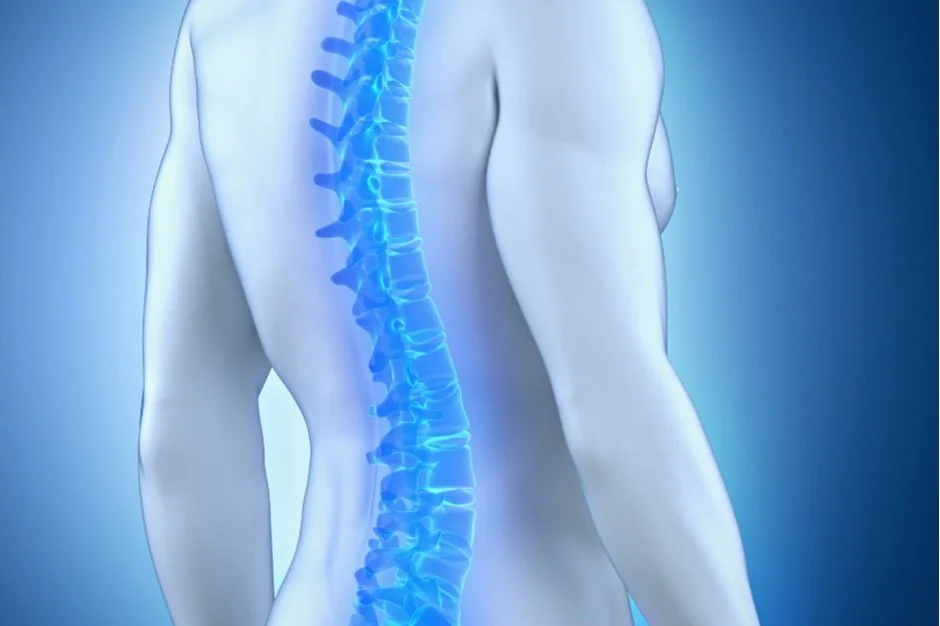Physical Therapy for Osteoarthritis of the Spine
Osteoarthritis is the most common type of arthritis affecting the spine, often due to age-related wear and tear and mechanical changes in the spinal discs. Spinal osteoarthritis leads to pain in the back and neck and stiffness and loss of mobility in the spine. Physical therapy can help to reduce spinal osteoarthritis symptoms, slow the progression of the disease, and instruct patients how to safely exercise.
What is Osteoarthritis of the Spine?
Osteoarthritis is the most common type of arthritis to affect the spine. It can occur anywhere along the spine, but it is most frequent in the lower back and the neck. More than 45% of the population will likely experience back arthritis in their lifetime with those over the age of 50 more likely to develop it.
Osteoarthritis of the spine is most commonly the result of the aging process. As you age, the fluid that lubricates your joints (synovial fluid) can become inflamed, making it harder to move as your joints become stiff. The discs in your spine also can wear, narrow, and begin to bulge, straining the ligaments and joints in the spinal area and potentially pinching or compressing a nerve.
Cartilage also begins to break down with age. The body then attempts to repair the degenerating cartilage by growing new bone, which can create a bone spur that can narrow the spaces in the spine. Suffering an injury to the back from sports or a car accident can also create scar tissue that can contribute to the development of arthritis as can degenerative diseases like diabetes, autoimmune disorders, degenerative disc disease, and rheumatoid arthritis.
With early or mild spinal osteoarthritis, symptoms can be intermittent and most commonly impact the lower back. Because osteoarthritic back pain is from mechanical changes in the cartilage, it is typically more noticeable when you bend or twist your back.
Symptoms of spinal osteoarthritis include:
Pain in the back or neck
Pain that is worse after prolonged inactivity, getting up in the morning, or after physical activity
Pain that worsens with standing and walking, but improves with sitting or lying down
Stiffness after prolonged inactivity or with movement of the involved area of the spine
Pain, burning, or tingling sensations that spread to the shoulder, arm, buttocks, or leg due to nerve compression by spinal discs
Difficulty performing daily activities due to pain and posture changes in the spine
Swelling and tenderness around arthritic vertebrae
Loss of flexibility in the spine (can’t straighten the back)
A feeling of grinding when moving the spine
Physical Therapy for Spinal Osteoarthritis
Physical therapy can help to reduce spinal osteoarthritis symptoms, slow the progression of the disease, and instruct patients how to safely exercise. The physical therapist will initially evaluate posture, range of motion of the spine, and movement of the spine and extremities and assess nerve function with reflex, sensation, and strength testing. From there, the therapist will design a customized physical therapy program tailored to the patient’s needs and condition.
Physical therapy treatment for spinal osteoarthritis:
Pain management: use of heat and ice modalities to manage pain.
Manual therapy: gentle hands-on techniques to help improve spinal flexibility and ease stiffness.
Prescribed exercise: Gentle low-impact aerobic exercise, such as stationary cycling, which lessens pain and improves mobility. Exercising with arthritis leads to more flexibility, improved blood flow, better mood, joint lubrication, and weight loss which can take some pressure off joints.
Strength training: targeted strengthening of the spine, abdominal, and hip muscles to improve the ability to stand, walk, and balance; lower the risk of falling; and increase flexibility to restore range of motion.
Core strengthening exercises for a strong, stable trunk and improved posture.
Targeted stretching of the muscles in the back to loosen them and help them move more easily as well as stretching of the hamstrings, glutes, lower back, and abdominals.
Aquatic therapy: strengthen muscles while relieving pressure in your joints as water reduces weight load on your joints and allows you to move more easily.
Daily activity and balance training, such as getting in and out of bed or a chair.
If you are currently experiencing osteoarthritis of the spine and back pain, give our physical therapists a call. We are here to help you manage pain and regain strength and mobility through a customized rehabilitation program tailored to your specific needs!

